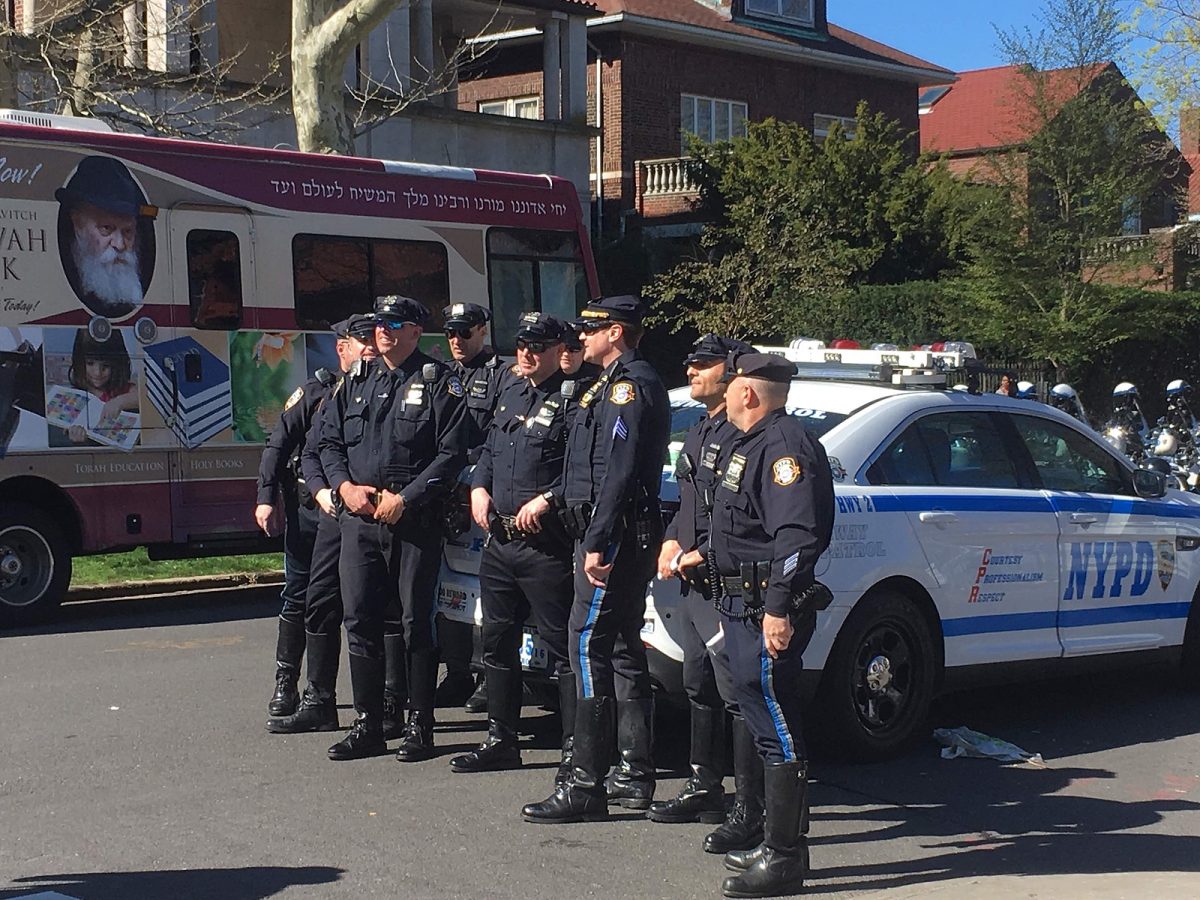On Nov. 7, the Supreme Court of the United States held a hearing regarding one of the most important gun control cases of this decade. The court should vote in favor of restricting gun access for people with a known history of domestic violence.
According to Oyez, Zackey Rahimi was involved in several shootings and hit-and-run accidents, which caused his ex-girlfriend to take out a protective civil order against him. As a result, he was prohibited from carrying a firearm under federal law, but after the police searched his home, they found a rifle and a pistol and arrested him.
Although Rahimi pleaded guilty to possessing firearms in lower courts, he appealed because the law prohibiting him from doing so was unconstitutional and deprived him of Second Amendment rights.
Therefore, Rahimi v. The United States asks whether the right to own a gun under the Second Amendment extends to people under domestic abuse restraining orders.
During the hearing at the SCOTUS, Rahimi’s council, J. Matthew Wright, argued that there are no precedents in American history where someone has been restricted access to firearms because of irresponsible or dangerous behavior.
Some of Wright’s arguments were incoherent and confusing as he went from Second Amendment concerns to due process issues. There was a lot of confusion among the Justices, causing Justice Kagan to point out that Wright was “running away from the argument, because the implications of the argument are just so untenable.”
Justices Kagan, Alito and Roberts unfavorably welcomed Wright’s clarifications.
The United States was represented by Elizabeth Prelogar. In her opening argument, she quoted a decision from United States v. Castleman, pointing out that “the only difference between a battered woman and a dead woman is the presence of a gun.” Prelogar’s reference supported the argument that by simply being in close vicinity to a firearm, many arguments become deadly for women who are victims of domestic abuse.
The US council also claimed that individuals who can be categorized as “irresponsible and pose danger to society” should be restricted from owning guns.
Prelogar referred to cases such as District of Columbia v. Heller, McDonald v. Chicago and New York State Rifle & Pistol Association Inc. v. Bruen. The following cases extended restrictions to encourage safe firearm possessions, such as background checks, training and fingerprints.
Throughout the hearing, Prelogar was heavily challenged on her definitions of “dangerous and not responsible,” while Wright on historical examples of restrictions. Even though Prelogar’s argument was more cohesive, it is unclear how the justices will rule.
Previously, the current conservative court ruled in favor of protecting Second Amendment rights. Justices repeatedly empathize with the importance of firearms for “protection,” including in non-threatening public places.
Many young people are concerned about the route the Supreme Court will take with this decision. This is a crucial issue, the conclusion of which will impact thousands of Americans.
According to research by Everytown, “every month, an average of 70 women are shot and killed by an intimate partner and nearly 1 million women alive today have reported being shot or shot at by intimate partners.” This research is more evidence that the presence of firearms in a household raises the chance that abuse will lead to a fatality.
Advocate groups are working to find solutions against gun violence whether it is linked to domestic abuse, street crime or mass shootings. However, it is not easy to bypass the right to bear arms that is so directly present in the Constitution.
Some argue that those under protective orders facing bans on firearms are still part of the political community and are therefore guaranteed the rights given to them by the Constitution. For instance, as reported by Fox News, Erich Pratt, the senior Vice President of Gun Owners Foundation, commented that the law that disarms non-violent citizens should be overturned.
However, Pratt’s statement believes domestic abusers to be nonviolent and is thus ignorant of the threats families face from domestic violence.
The road to combat gun violence is a continuous process; however, it is time the representatives and justices recognized the risk weapons impose on society every single day.
Considering that in 2023, there have been over 35,000 gun-related deaths recorded, the change within the system is crucial. The first step is to recognize the risks of arming repeat offenders and placing more restrictions on the Second Amendment.








